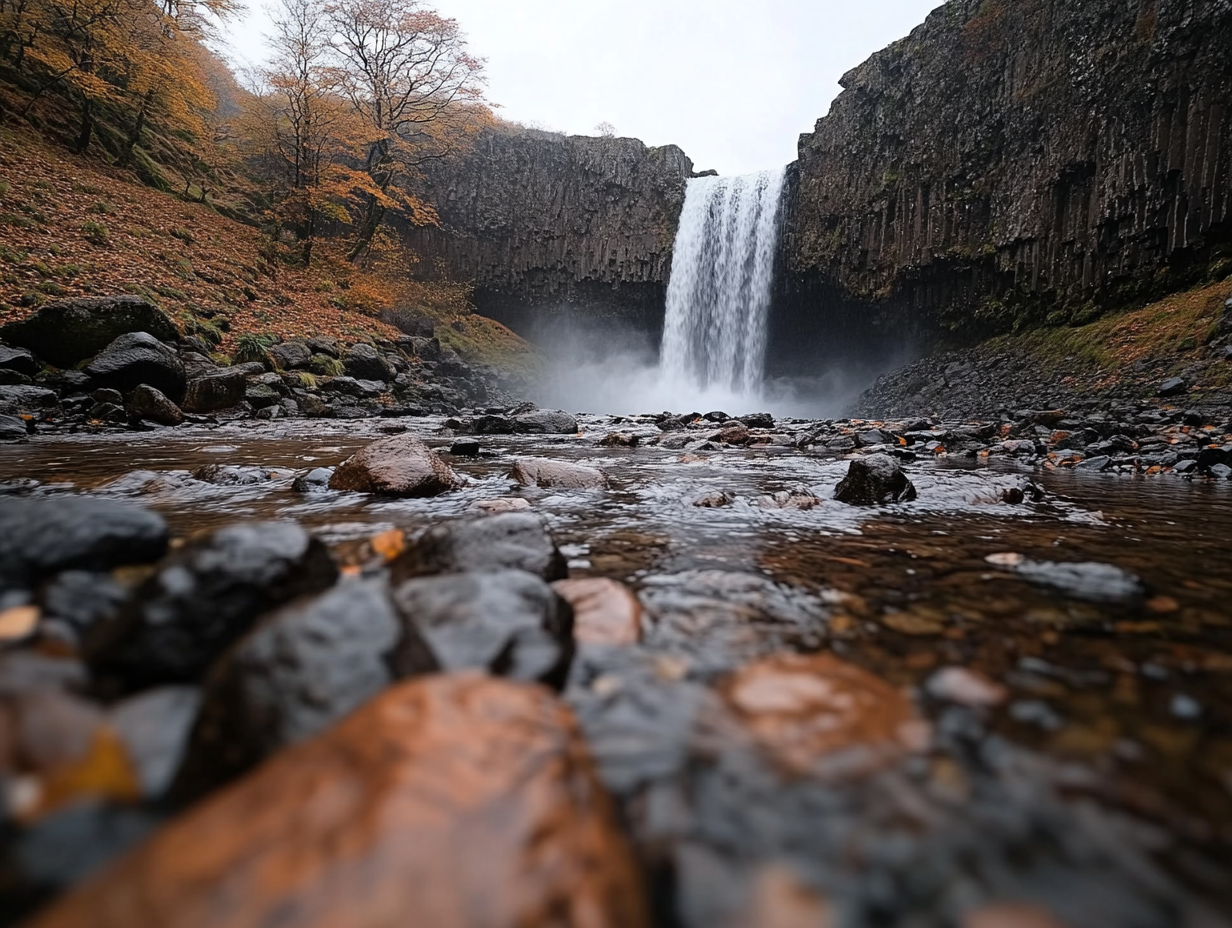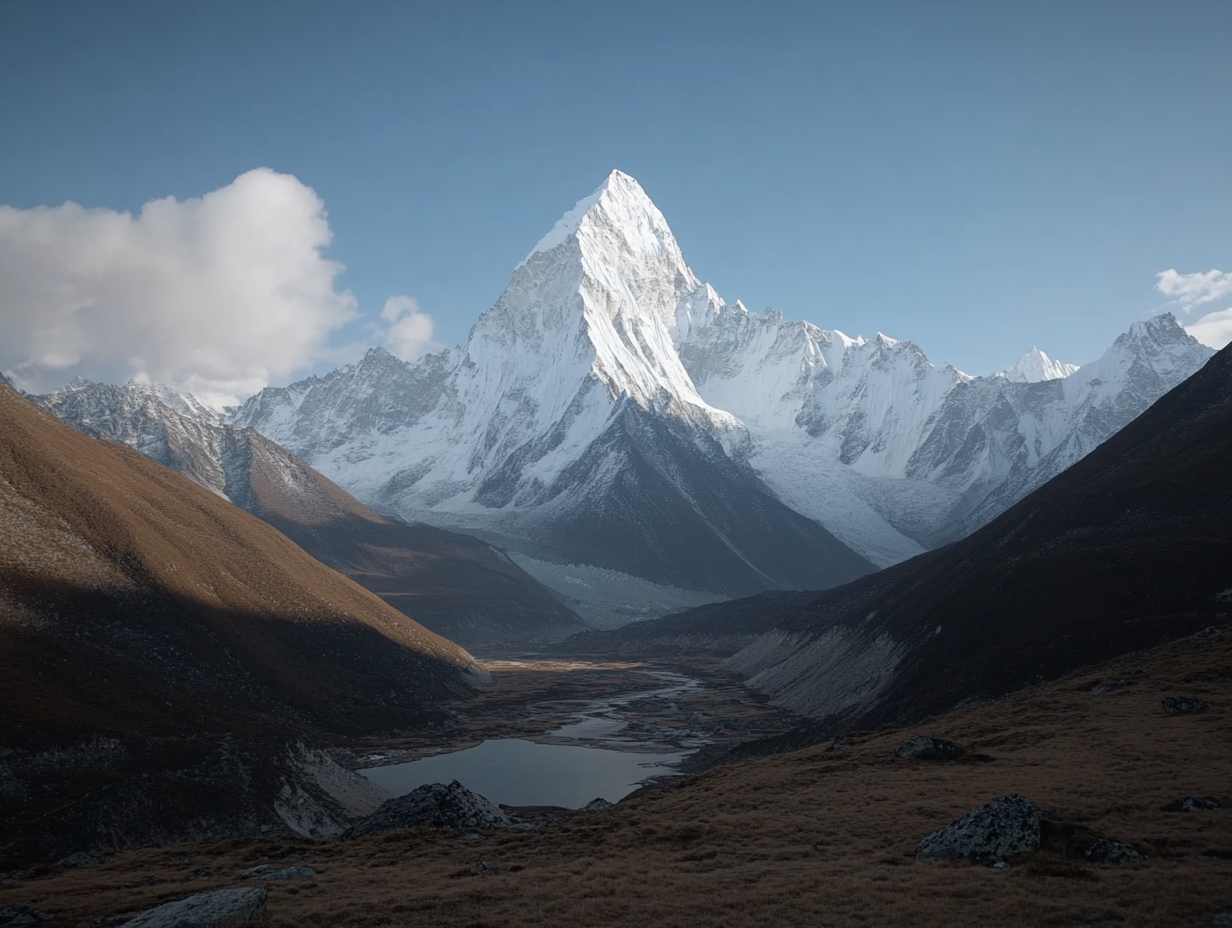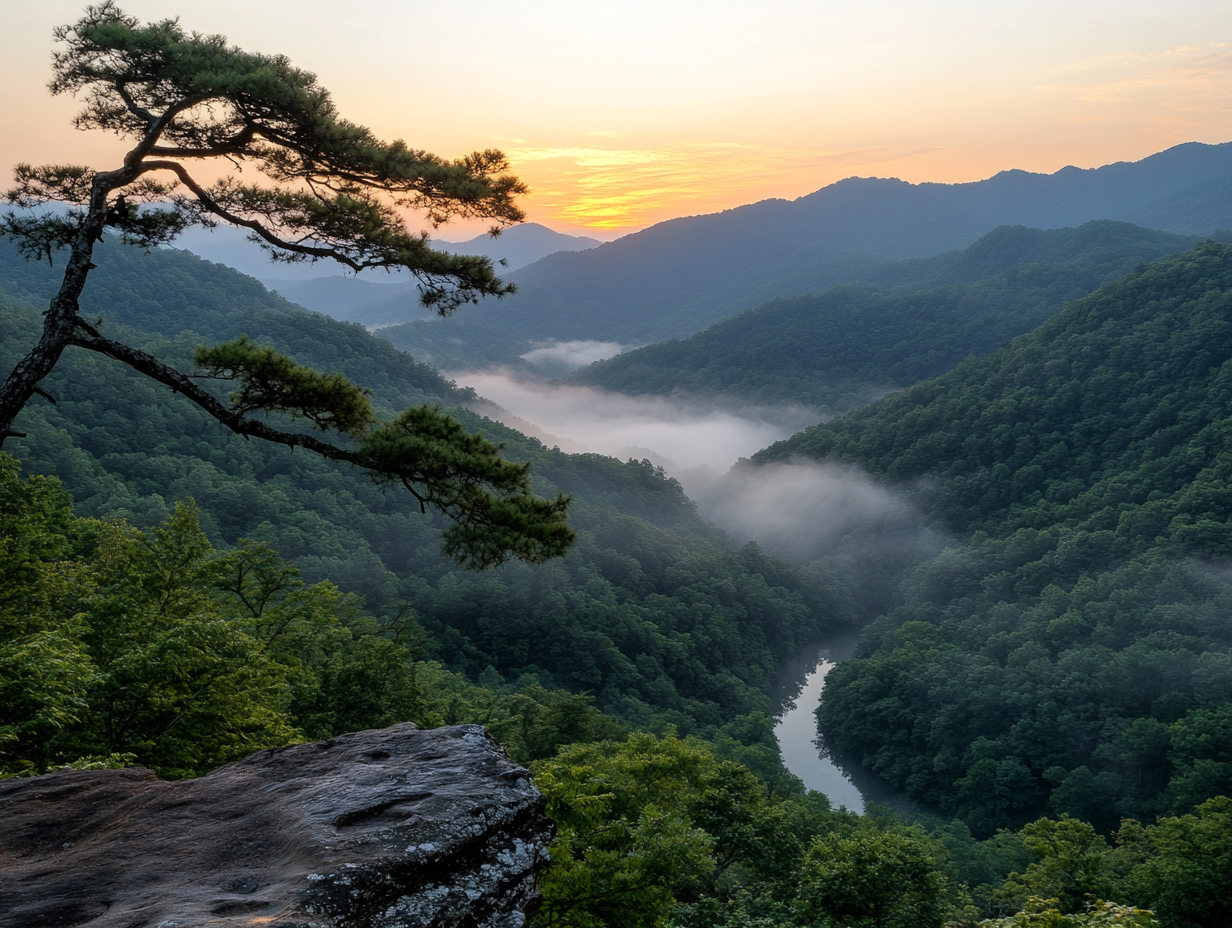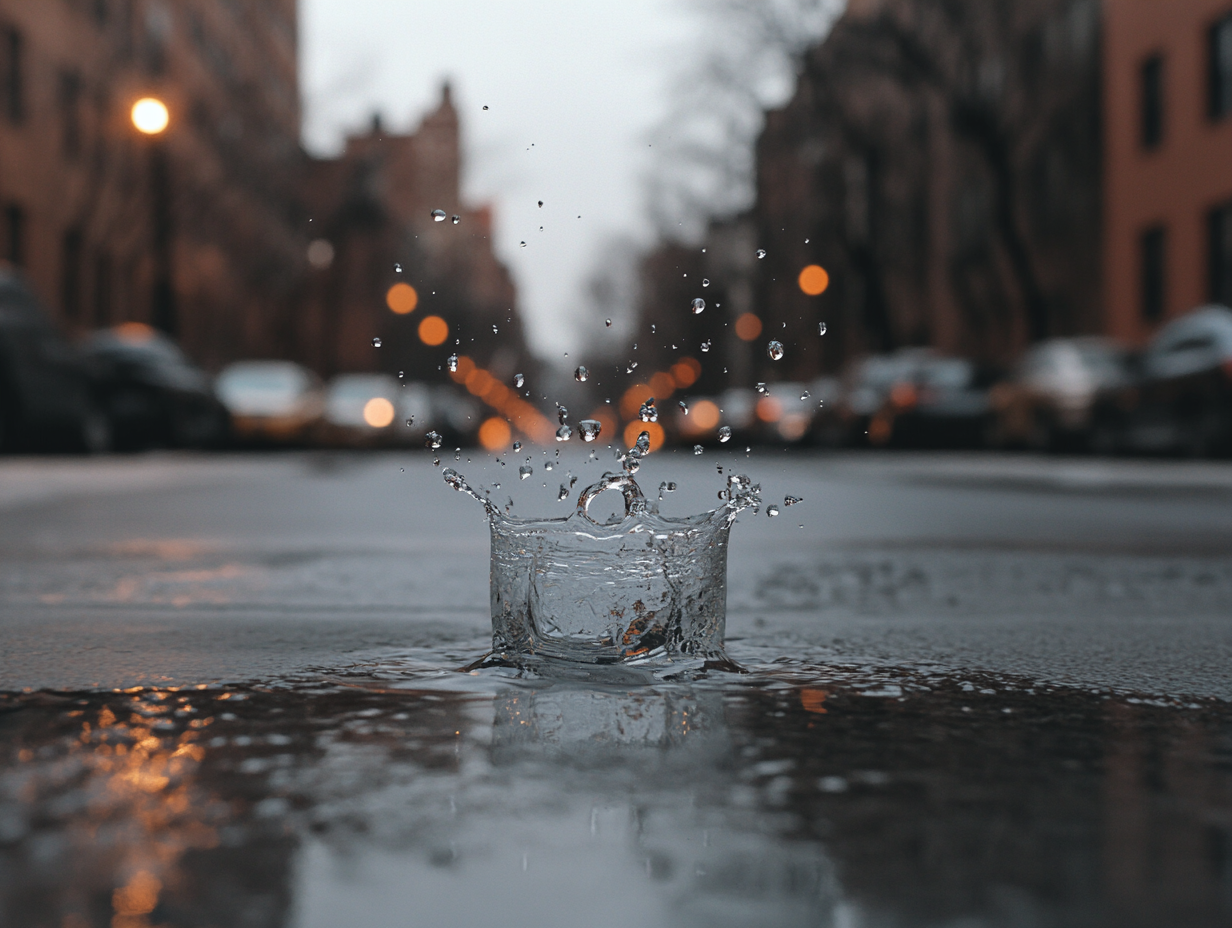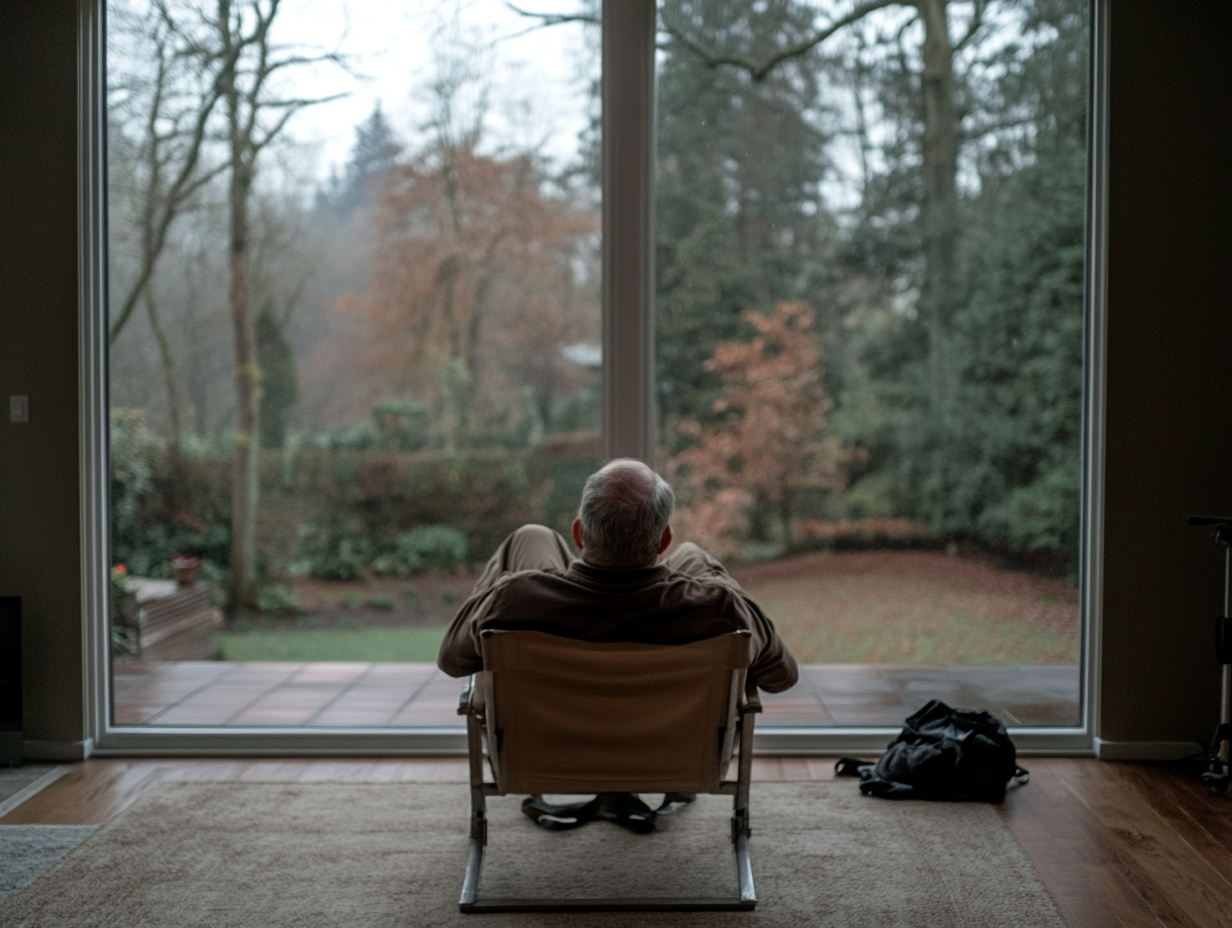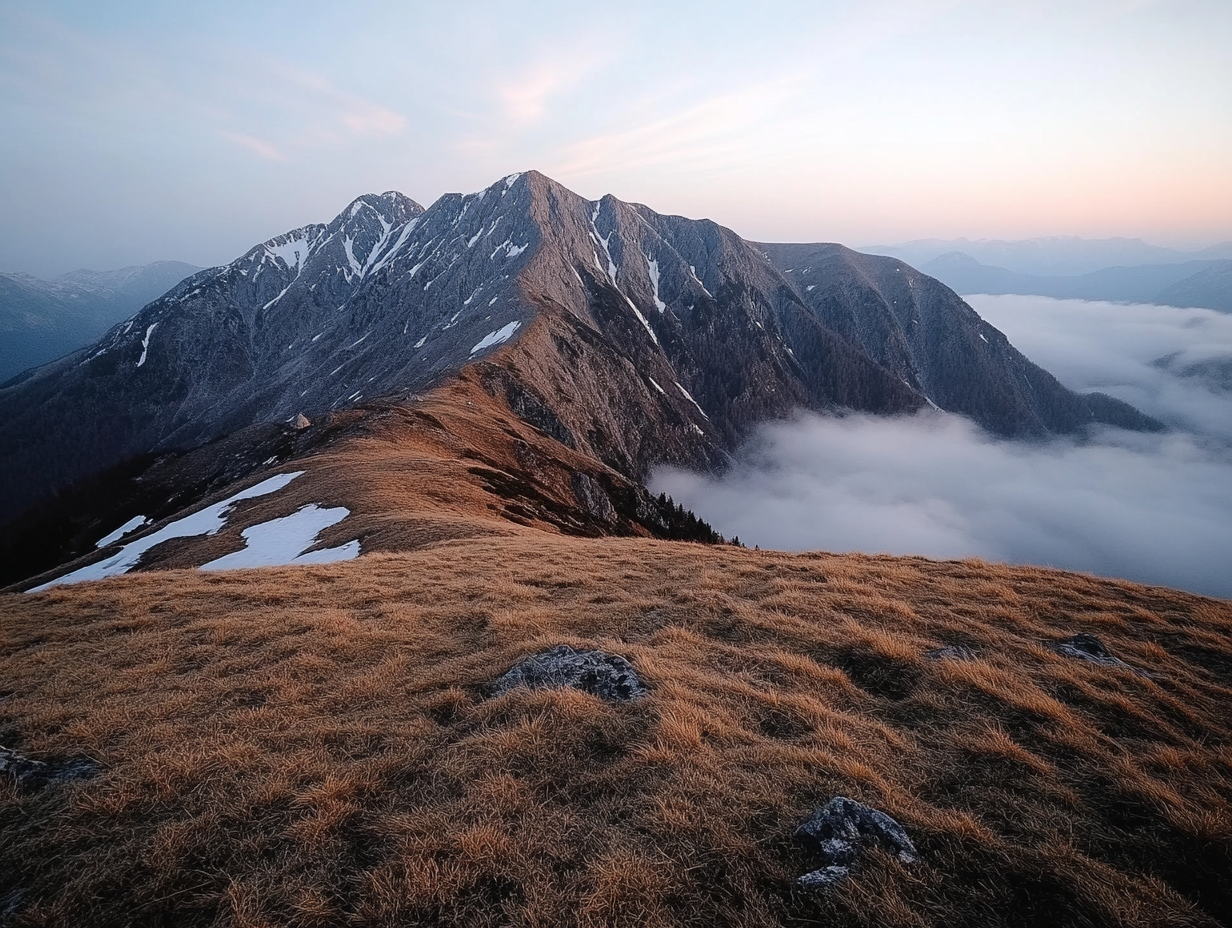Discover the Art of Photography
Wim Arys Photography: Capturing the World Unseen
Explore the world through the lens of Wim Arys, where every click tells a story and every image is a masterpiece.
Wim Arys
Wim Arys is a renowned professional photographer known for his innovative approach to capturing the essence of the world. With a keen eye for detail and a passion for storytelling through images, Wim transforms ordinary scenes into extraordinary visual narratives. His work is a testament to his dedication to the craft, offering fresh perspectives that inspire and engage.
Unlock Your Photographic Potential
Resources for Photography Enthusiasts
Comprehensive Camera Manuals
Master your equipment with detailed guides, including menu walkthroughs and advanced tips for optimal performance.
Expert Reviews
Get honest, insightful critiques of the latest photography gear to make informed purchasing decisions.
Creative Inspiration
Discover new ideas and techniques to elevate your photography, blending artistry with technical skill.
Tutorials and Workshops
Enhance your skills with expertly crafted tutorials and hands-on workshops designed for all levels.
Photography Challenges
Participate in exciting challenges that push your creative boundaries and refine your craft.
Community Engagement
Join a vibrant community of like-minded enthusiasts to share insights, experiences, and inspiration.
What Our Enthusiasts Say
★★★★★
“Wim Arys’s tutorials have transformed my photography skills. His insights into camera settings are invaluable!”

Alex Johnson
Amateur Photographer
★★★★★
“The creative techniques shared by Wim have opened new horizons for my landscape photography. Highly recommended!”

Samantha Lee
Landscape Enthusiast
★★★★★
“Thanks to Wim’s expert reviews, I made the perfect choice for my new camera. His advice is spot-on!”

Michael Brown
Photography Hobbyist
A Glimpse into Wim's World
Explore Our Image Collection
Latest from Our Photography Blog
Google VEO vs Runway ML: Which Is Best for You?
Two strong paths to AI-generated video, different philosophies: VEO treats prompts like shot direction (camera grammar + ambience), while Runway ML excels at rapid iteration and post tools. This guide gives you an evidence-based way to choose for professional output....
Post-Production for VEO Output: Colour, Edit, Audio & Delivery
Turn VEO clips into broadcast-ready pieces. This technical guide covers ingest, colour pipelines, edit continuity, sound design and loudness, effects without artefacts, upscaling, exports for platform delivery, and a rigorous QC checklist. Additionally, familiarize...
Lighting & Colour in Google VEO: Palette Control, Grade Intent & Consistency
A cinematographer’s guide to directing light and colour in VEO prompts. Use stable descriptors that “stick”, design grade intent, keep skin healthy, and maintain visual continuity across multi-clip sequences. Incorporating these principles will significantly enhance...
Storyboarding & Workflow for Google VEO
A production-grade system for planning and shipping VEO projects: beats, shot lists, prompt blocks, continuity, edit prep, and automation. Designed for teams that need consistent, cuttable footage — not just pretty clips. This system integrates seamlessly with various...
Audio Prompting in Google VEO: Ambience, SFX, Dialogue & Mix Strategy
Direct VEO’s native audio like a sound designer: concise ambience, purposeful SFX, dialogue without on-screen captions, and a clean hand-off to post for VO/music. This guide shows how to bind sound to motion and avoid common pitfalls. Incorporating VEO's approach can...
Advanced Prompt Engineering for Google VEO
Advanced Prompt Engineering for Google VEO Professional techniques to control Google VEO with language: the six-part prompt formula, reusable blocks, camera–audio binding, continuity across clips, and recovery strategies when outputs go sideways. By Wim Arys · 8...


